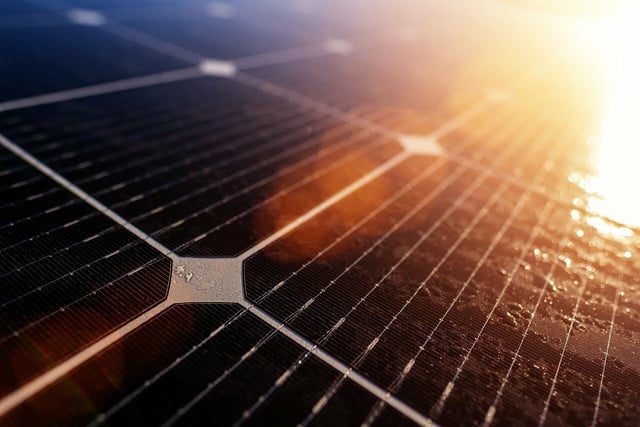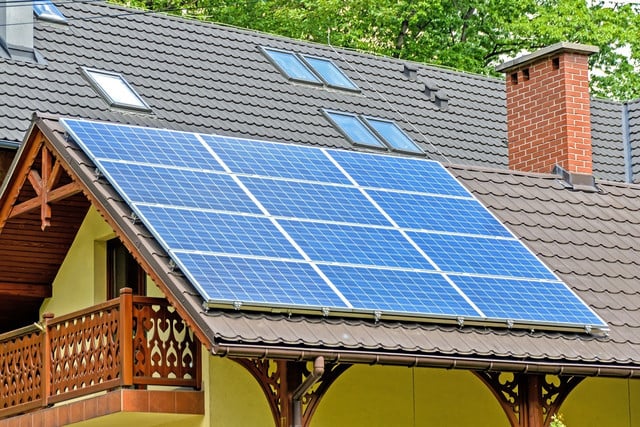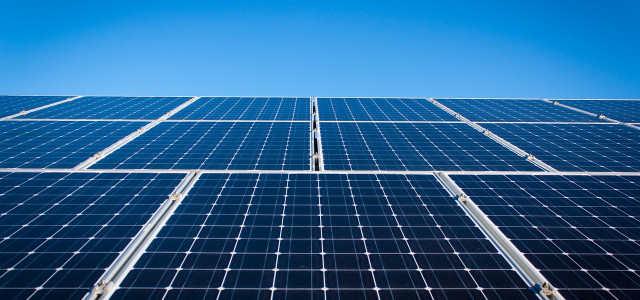Solar panels are recyclable, but the process is not that straightforward. The use of solar panels is expanding, but more needs to be done to recycle solar panels and keep them out of landfills.
Despite the important environmental benefits of this renewable energy resource, more needs to be done in terms of recycling solar panels when they come to the end of their use. This will not only reduce the amount of e-waste reaching landfills, but can generate more value from recoverable raw materials, as well as create more jobs in the renewable energy and recycling sector.
According to the International Renewable Energy Agency (IRENA), the cumulative value of recoverable raw material from solar panels that have reached the end of their lives could amount to 450 million dollars by the year 2030. Recycling solar panels consequently reduces the strain on landfills, and helps capture and conserve the value of raw materials needed to produce more solar panels. This is extremely beneficial as the extraction and processing of raw materials is a costly, time consuming process that’s also potentially destructive to the environment.
Are Solar Panels Recyclable?



In short, yes! Solar panels can be recycled, as their principle components (glass, plastic, and aluminum) are all recyclable.
According to Greenmatch, 96 percent of materials can be recycled and reused in the production of new solar panels. Responsible recycling of solar panels is predicted to produce up to two billion new solar panels by the year 2050. So it is really important that these renewable sources of energy are recycled properly and can continue to produce clean, green energy for the planet.
How Does Solar Panel Recycling Work?
Currently, the process involved in solar panel recycling is not 100 percent efficient. Recovering the materials, combined with the energy needed to separate the materials and break them down into their constituent parts is very costly and energy-intensive. Not to mention recovering, separating, and recycling the silicone cells found in solar panels, which themselves require their own specialized recycling process.
The process for recycling solar panels begins with the separation of its materials into their distinct components:
- Separating the glass and plastic from the aluminium frame.
- The plastic must then be thermally processed at a temperature of about 930 degrees Fahrenheit in order to break down the plastic into small enough parts for separation.
- After thermal heating, the green hardware is separated, of which 80% can be reused, and etching is used to break down the silicone modules, of which 85% can then be reused.
Can the Recycling Process Be Improved?



Due to solar energy price drops, more and more businesses and homes are introducing solar panels to their energy-use systems. With the demand for solar panels on the rise, production will increase along with renewable energy usage. Unfortunately, solar panel waste will also increase.
Therefore, it is very important that solar panel recycling infrastructure be properly introduced. Fortunately, innovations and efforts aimed at improving the efficiency of solar panel recycling and recovery are ongoing. For example, as wastedive explains, some suppose that TV recyclers may use their expertise to start looking into solar cell recycling. Additionally to recycling solar panels, the National Renewable Energy Laboratory is developing rechniques for repair and reuse of solar panels that aim to enable a circular economy. The Solar Energy Industries Association even founded a PV Recycling Working Group that actively seeks recycling partners across the US.
Read on:
- 10 Green Tips That Will Make Your Everyday Life More Sustainable
- Environmental Organizations: 8 NGO’s and Non-Profits Worth Supporting
- What Causes Acid Rain: Causes, Impact and Solutions
Do you like this post?








